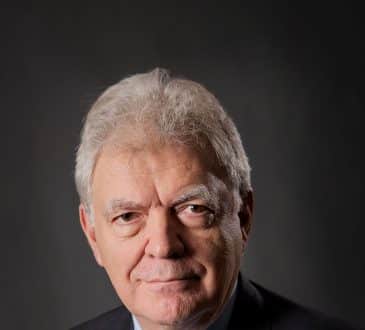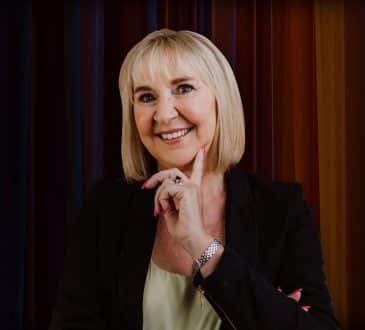Buzzing with Wisdom. What bees can teach us about learning and leadership

The complex and sometimes mysterious workings of a bee hive can be a great metaphor for working life today. If we lift the lid of a hive we notice thousands of individuals working together towards a single purpose. Communication takes place in the dark. Strategic life or death decisions need to be taken when they swarm. There are many specialised tasks that need to be completed and different ‘departments’ to organise this. And like any organisation, there is competition for resources. Leadership of this system is key. Let’s lift the lid of a busy beehive as a metaphor for leadership and learning insights relevant for everyone today.
After a female worker bee hatches and leaves its egg, what comes next is a multifaceted and busy ‘career’ directed by hormonal changes as well as the needs of the hive. In the winter this career will span several months, but during the summer all that hard work will be compressed into a lifespan of just a single short month, on average thirty-four days.
First, as soon as they hatch, the young female worker bees specialise in becoming a housekeeper bee. They are trained by the previous generation of slightly older adult bees to look after all the cells, making sure they are clean and keeping the larvae and the brood warm. They exclusively perform that role for the first few days of their life. They then take time to train the previous cohort of bees that have just hatched to do the same.
Then they spend the next three to five days doing a completely different role, acting as a nanny to feed the older larvae with pollen and honey. They specialise and focus on this
second task before ‘retraining again’ to become an expert in a different specialty, a nurse.
The nursing role is to look after and feed the young worker bees. This continues with the bees next specialising as builders where they use their wax glands to build the perfect hexagonal six-sided cells. They then focus on security at the front of the hive for the first time and welcome the new bees coming back from their foraging. If you’ve ever been stung
by a bee near a hive, it’ll probably be a security guard that has given up its life to protect the hive. Their final role is to be a forager. When we marvel at a bee pollinating a beautiful cherry tree or balcony flowers, what you are seeing is a bee at the end of its lifespan, foraging and pollinating for the last two to three days of its life. Be kind to them. It is the end of their life’s work.
Throughout the life of a bee, all individuals perform all the main functions within a hive. In case there is a crisis – maybe a hive is damaged, and the honey cells need rebuilding – the worker bees can be reallocated to specific roles at short notice to serve the needs of the colony. There’s an interesting parallel here for us to consider. Life is constantly changing and so will our careers, so to avoid getting lost and overwhelmed by all these changes, we need to stop and look at the world through two different lenses: a short-term lens and a long-term
Lens. The short-term lens requires us to focus on what we are doing right now and to make sure we’re good at it. Therefore, we need to put energy into effective learning and changing our behaviour in a sustainable way.
The long-term lens asks us to keep an eye on the horizon and be aware of what’s changing in our external environment. We all need to be more aware of the system beyond our current role and organisation because if we’ve been inside one organisation for a long time, the risk is that it shapes our expectations, hopes and fears. If ever we have to leave, we may find ourselves lost. Everyone will experience this at some point in their career, especially during organisational transformations, transitions or headcount reductions. So, it’s important to establish our set of values and goals based on who we are, not on the ones provided by our workplace. As part of our career evolution, ask yourself what it is I am most interested in. Where do my passions lie? Notice what you like doing and what you don’t. Does my work give me joy?
Through your self-reflection, if you realise you’re no longer interested or curious about your role, you’re probably in the wrong place; it’s time to consciously make a move and get out.
To turn your research lens back on yourself is a difficult, scary and intimidating process. But it’s important: your career is your responsibility, not the company’s. Anita Rolls from the Career Intelligence Academy believes we all need to be the CEOs of our own career. She reminds us that, like running a business, we need to work in our career as well as ON our career. She proposes a model of four metaphorical hats we need to wear to
drive our own career and lead a fulfilling life in today’s changing world:
- The COO (Chief Operations Officer) Hat helps us to deliver value in our current role in a way that’s sustainable and enjoyable for us too.
We also need to work on our career and make sure we make time for the following:
- The CFO (Chief Finance Officer) Hat helps us get clear on how we will measure success and what is most important to us in our career and life overall.
- The CMO (Chief Marketing Officer) Hat is all about showing up, not showing off – cultivating our brand and network based on who needs to know what we can and want to do.
- The CIO (Chief Innovation Officer) Hat ensures we keep learning and developing our own valuable skills and capabilities, so we can keep reaching more of our potential and stay relevant to the needs of society and the job market.
There is no longer such a thing as a job for life in a big organisation and if ever you have to leave that big organisation, it shouldn’t come as a shock or a surprise.
Therefore, don’t take anything for granted, don’t stay static and don’t assume the world’s not changing. Be curious about what’s going on for you as an individual; be curious about what’s happening across society and in your industry. And keep being open-minded, keep learning and keep training.
Everything you know today you have learnt, and your potential to keep learning is limitless. The only barrier is a self-defeating belief that learning is no longer possible.
So, like the bees, keep moving. Keep learning. Keep adapting.
Written by Philip Atkinson.
Have you read?
The world’s largest cities by population.
Most Innovative Countries in the World.
Countries by Average Wealth per Person.
Countries with the Highest Age Dependency Ratio.
Bring the best of the CEOWORLD magazine's global journalism to audiences in the United States and around the world. - Add CEOWORLD magazine to your Google News feed.
Follow CEOWORLD magazine headlines on: Google News, LinkedIn, Twitter, and Facebook.
Copyright 2025 The CEOWORLD magazine. All rights reserved. This material (and any extract from it) must not be copied, redistributed or placed on any website, without CEOWORLD magazine' prior written consent. For media queries, please contact: info@ceoworld.biz











